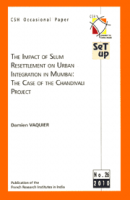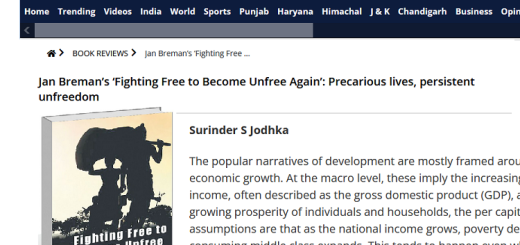China-India Economic Engagement Building Mutual Confidence

With their annual GDP growth rates hitting respectively at 9.1 and 8.5 per cent for 2003 and at 9.5 and 6.9 per cent for 2004, China and India have since come to be recognized as the two largest as also the fastest growing economies of the 21st century. Thanks, however, to their colonial and cold war legacies, this economic boom had, for long, remained mutually exclusive exercise. It is only rather recent that their political initiatives at confidence building have begun to develop areas of mutual engagement which remains remised on their new mantra of mutual accommodation and mutual benefit. Their economic engagement as a result has since come to be the most reliable as also most agreeable instrument of China-India rapprochement so assiduously evolved during the last three decades or more.
Especially in the last few years, China-India economic engagement has picked up its own momentum with a steak-of-autonomy to say the least. From being once driven by their bold political initiatives, their economic engagements today symbolizes as the most decisive force that promises to potentially circumscribe (and direct) their mutual policy initiatives. It is in this context, that two sides have since come to appreciate how to use their economic engagement to deal with their long-standing political concerns and difficulties. Border Trade, for one, has clearly earned the epithet of being an ideal approach to building atmospherics that can help resolve their boundary dispute, bilateral and regional dynamics, their new-found bonhomie remains as yet fragile and this calls for caution and serious planning on part of bith Beijing and New Delhi.
- By:
- In :CSH Occasional Paper N°10, Publication of the French Research Institutes in India, Rajdhani Art Press
- Year :2005
- Pages :205
- ISSN :0972-3579








